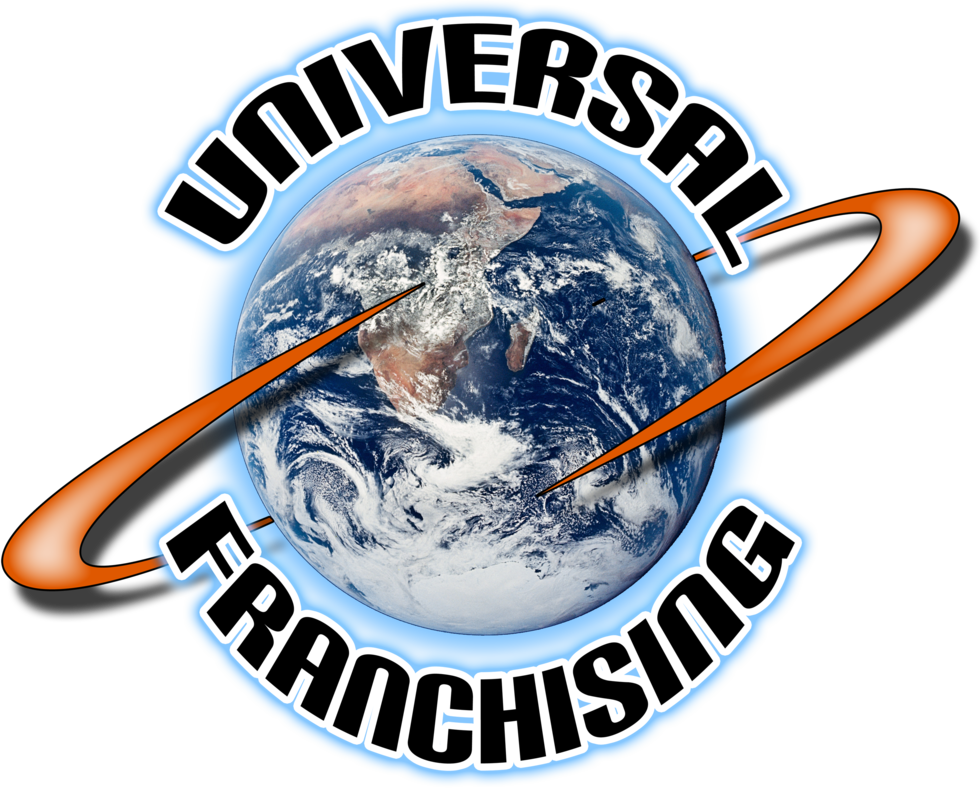Four Levels Of Franchising
What Type of Franchise Arrangement is Best for You?
Below are the four levels of franchising, which include information on the territory specifics, the required level of participation, and the typical liquid capital requirements. It is best to consider all aspects of each level, before presenting options to your clients.
Single-unit Franchises
A franchisee has the right to operate one franchise unit. Most franchisees enter the world of franchising by owning one unit. It is a great way to get in and understand the system before taking on more units.
Territory:
The Franchisee may have a small radius of exclusive territory to operate within. If it is a retail store, the area of exclusivity may be a two or three mile radius around the store. If it is a home-based business the area may consist of a few specific zip codes.
Level of participation:
The franchisee is very involved with almost all operations of this type. Even if it is a semi-absentee owned business, the franchisee will want to be present at the business and be as hands-on as possible.
Typical liquid capital required:
$25,000 to $60,000 initial out-of-pocket investment required on a total investment of $100,000 to $200,000.
Multi-unit Franchises
The franchisee acquires more than one unit of the franchise, usually at reduced franchise fees. The risk is lower because the franchisee can take advantage of the economies-of-scale theory; by spreading costs across multi-units, the locations may be more successful. A good sign of the health of the franchise is if many of the franchisees are multi-unit owners.
Territory:
There is usually no exclusive territory where the franchises must be set up. The franchisee may have one unit in one part of town with a surrounding radius of exclusivity, and another unit in another part of town 15 miles away or even in another county with its exclusive radius of operation.
Level of participation:
The franchisee is less involved with each of the units operations, but will be managing multiple operations and will need to have some level of supervision in each unit. If many units are opened, a general manager and additional administrative and training staff may be needed. The franchisee is more of a general manager when many units are involved.
Typical liquid capital required:
$50,000 to $70,000 initial out-of-pocket capital is required to take care of mostly the initial franchise fees. The rest of the investment is usually financed when each unit is opened.
Area Development Franchises
This license usually grants the franchisee the right to open a certain number of franchises in a given area. There is usually a production schedule where the franchisee must open a certain number of franchises during a certain period. The franchisee has an exclusive area where no other franchisees can be allowed to open a franchise.
Territory:
The franchisee maintains an exclusive geographic territory as long as the opening schedule is maintained. The territories range from a small city to parts or all of a larger city.
Level of participation:
The franchisee will be very involved in the beginning stages of the first location to make sure it is successful. The franchisee will also need to be looking for qualified real estate to open the next few locations. Once several locations are open, the franchisee will need additional assistance to manage several units.
Typical liquid capital required:
$60,000 to $120,000 initially to secure the area, pay all franchise fees, and have additional start-up capital. The franchisee will then need to be able to finance the rest of the start-up costs for each of the franchises, as they open.
Master Franchises
A Master Franchisee, sometimes called a Regional Developer, has the rights to a larger area than that of an Area Developer. The Master Franchisee, in addition to opening franchises at a much reduced franchise fee and royalty, can also sell unit franchises, multi-unit franchises and area development franchises and make a nice return on the sale. The master usually receives a part of the royalty and franchise fee paid by each franchisee. There may be additional income available from distribution of products through the franchisees in the area and possibly even some real estate interest. The master becomes somewhat of a sub-franchisor for the area, without having experienced all the trial and error the original franchisor did. The master franchisee will usually want to open and operate at least one unit (pilot location), for income and use as a training center. Master franchises are rare; most franchisors do not offer them. However, when they are available they usually sell quickly. The income available from a master franchise is extremely lucrative. The initial investment is low compared to the type of value you can build in the master franchise area. The flexibility is also the greatest at this level.
Territory:
Usually is a large metropolitan area, an entire state or even several states or countries. It is an exclusive area and will remain exclusive as long as the master franchisee meets the development schedule of franchises in the territory.
Level of participation:
Master franchisee will usually set up and operate at least one unit and use a manager to manage it while working on selling other "sub-franchises" and assisting them in operating properly. Very rarely is a master franchisee "hands on" in a unit franchise. They tend to spend more of their time operating like a business consultant or coach to their franchisees to help them become successful.
Typical liquid capital required:
$100,000 to $250,000 is needed to acquire the territory and for initial liquid capital to start the area. Financing will be secured for the start-up of the unit franchise.

